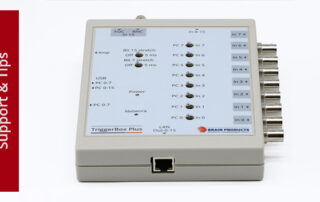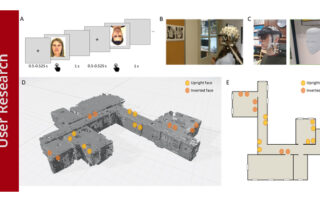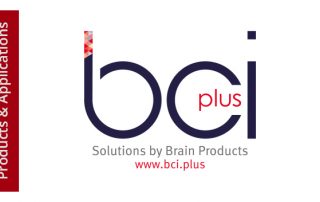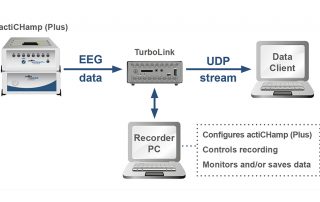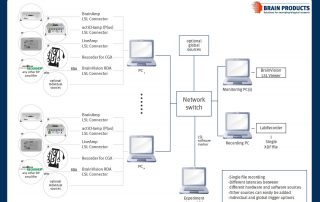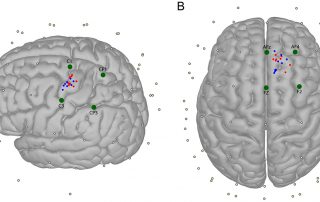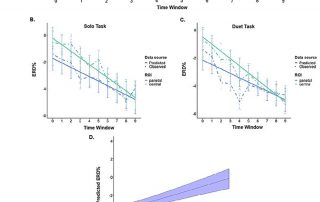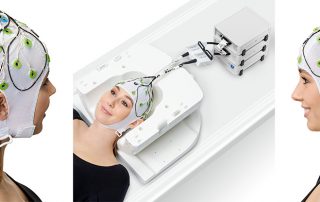How to use the new TriggerBox Plus in your recording setup
In our last newsletter issue, we proudly introduced the new TriggerBox Plus. Now, we want to provide some more information on how this new and enhanced version of the TriggerBox changes the way you can interact with this device and how you can make the best use of its new features.


